“You must have confidence in your competence.” Elijah Cummings
I have known about the different levels of competence but never looked at them from the standpoint of what the learner needs at each level. Mary Hoddy introduced me to the Conscious Competence Model. She cites “Learning a New Skill is Easier Said Than Done,” by Linda Adams and the Conscious Competence Model developed by Noel Burch of Gordon Training International.
I have augmented the discussion with content from Mindtools’ “The Conscious Competence Ladder,” and a Business Balls’ article.
We experience different emotions at different stages of the learning process. The Conscious Competence Model highlights two factors that affect our thinking as we learn a new skill: consciousness (awareness) and skill level (competence).
As trainers, it is helpful to recognize where our learners are emotionally in terms of their awareness and competency levels. Then we can plan our training intervention to help move them to the next level.
Let’s look at each competency level and its characteristics.
The Beginner is unconsciously unskilled and in blissful ignorance: I don’t know that I don’t have this skill or that I need to learn it.
Characteristics: I’m inept and unaware of it. I may deny the usefulness of the skill. I must recognize the value of the new skill (to me, personally) to want to move to the next level of competency.
Note: Trainers can wrongly assume that learners are at level 2 and focus on moving them to level 3 when they are really at level 1. According to Business Balls this is a fundamental reason for the failure of a lot of training and teaching.
The Frustrated Learner is consciously unskilled: I know what I don’t know and I’m frustrated because I know I don’t have this skill.
Characteristics: I realize how much I need to learn. Mistakes are frequent and central to learning. I must recognize the value of effort and practice to move to the next level of competency. For this, coaching is critical.
Note: This level can be demoralizing, causing learners to lose confidence or even give up on their learning altogether. It is important for trainers to reassure them and help them to stay positive.
The Competent with Effort is consciously skilled: I know that I have this skill and I practice it with effort.
Characteristics: I can do the new skill with some effort. Performance still requires thinking and concentration. Mistakes decline. Feedback is critical.
Note: Practice is the single most effective way to move from level 3 to level 4.
The Subject Matter Expert is unconsciously skilled: Skill becomes so natural and easy that I don’t know that I have this skill. It is hardwired into my brain.
Characteristics: I can perform the skill on ”auto pilot” or as a habit. Mistakes are rare. I may enjoy teaching others, but I may omit mentioning certain key steps that I do on autopilot. Observational coaching can move me to a higher level.
Note: It has been argued that learners at this level have ceased to be learners. They can become complacent and blind to new knowledge and methods. This can leave them vulnerable to eventually becoming unconsciously incompetent. So, they may need to be encouraged to continue to learn and grow.
How do you help frustrated learners get over the hump?
May your learning be sweet.
Deborah





